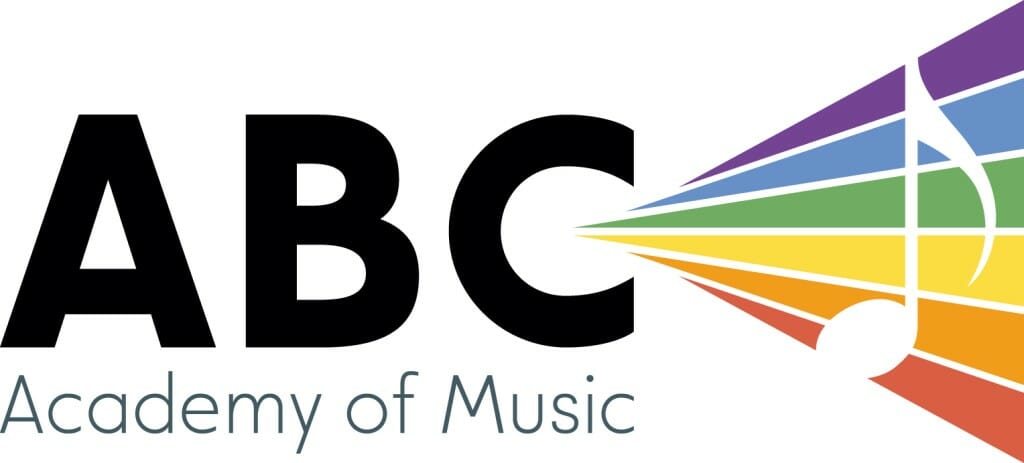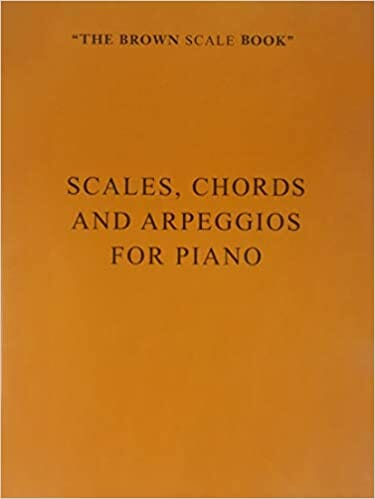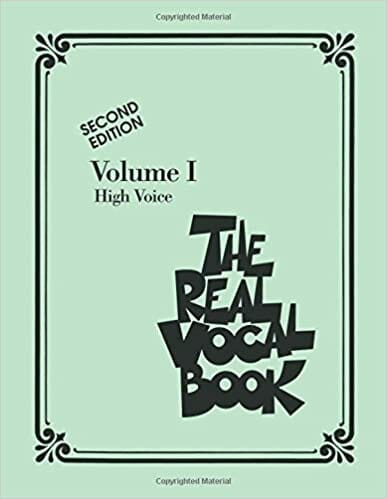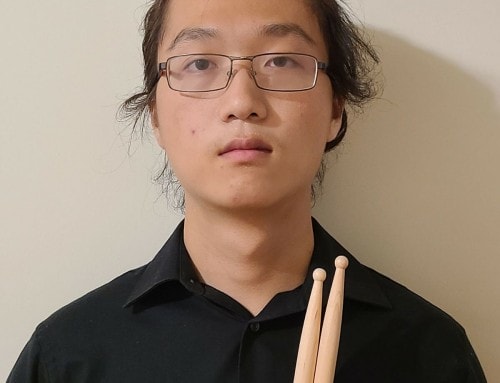B.Mus (Humber) in-progress
Adina is a singer-songwriter based in Toronto completing her Bachelor of Music degree at Humber College in vocal performance. Trained classically in piano since the age of 5, she has branched out into pop and jazz as well.
Vocally she is well-versed in many genres including jazz (she loves to scat!), musical theatre, pop, singer-songwriter, country, R&B, and acappella. She has 7 years of choir experience in both chamber and jazz styles. Adina has been writing and singing original songs since the age of 12, and has two singles as well as an EP out on all platforms under the artist name Adina V.
She has performed all across southern Ontario singing with the Toronto All-Star Big Band, as well as at various venues in the GTA with her own jazz duos and trios. As a member of the Cawthra Park Chamber Choir she performed at Roy Thompson Hall with the TSO for two years in a row. At Humber College she is part of the Vocal Jazz Ensemble led by Lisa Martinelli; this group performs advanced repertoire at events like the Ontario Vocal Jazz Festival.
Adina has been teaching music for the past 7 years and loves helping students meet their personal goals while fostering a love of music that lasts forever!
Get to know Adina…Beyond the Bio!
Hobbies: reading, puzzles, video games, painting
Musical Influences: Ella Fitzgerald, Nancy Wilson, Doris Day, Joni Mitchell, Taylor Swift, John Mayer
Favourite Food: Pad Thai
Least favourite food: eggplant
Favourite music: Indie rock and folk
Favourite song: All I Need by Jacob Collier ft. Mahalia & Ty Dolla $ign
Favourite movie: Matilda
Favourite movie music: The Pirates of the Caribbean theme
Favourite Musical: Dear Evan Hansen or The Last Five Years
Best Quote from your teacher: “It’s an amazing and wonderful experience to be able to be intentional about, in the moment, making music”
Favourite Quote: “Even as we are, we are becoming”
Favourite Book: The Girl With the Dragon Tattoo trilogy – Stieg Larsson
Best thing about teaching at ABC: Sharing and fostering a love of music with students of all ages
Latest Homework from Adina
Is Adina Your Teacher?
Sign up now to get your weekly assignments delivered, and never lose your homework sheet again!
Sunday, March 7, 2021
Sahil
Nice to meet you today!
Recommended minutes to practice: 10-15 minutes a day
What to practice: Scavenger hunt for all letter names, C position 5-note scale on piano, vocal warmup on the C 5-note scale using “ma”, Jingle Bells
How to practice it most effectively: For the scavenger hunt, start by finding all the Cs on the piano (these are just to the left of the group of 2 black keys), and then move up through D, E, F, G, A, and B. Notice which letters are part of the group of 2, and which are part of the group of 3. For the C position 5-note scale, put LH (left hand) finger 5 (pinky) on C, and RH (right hand) finger 1 (thumb) on C. From there, use one hand at a time to go up C-D-E-F-G using each finger number in order, then go back down. For the vocal warmup, keep your RH in the C position on piano, and listen carefully when singing so your vocal note is the same as the piano note. First play and sing just C-D-E-D-C (3 note scale) using the syllable “ma” a few times. Then, extend the warmup all the way to C-D-E-F-G-F-E-D-C (5 note scale). For Jingle Bells, the first two notes are C to A (6 notes away) – make sure your vocal notes on “dash-ing” match these! When you get to “jin-gle bells” the note is A 3 times. These will guide you to stay in the right key when singing.
Nathalia
Recommended minutes to practice: 15 minutes a day
What to practice: D major scale hands together, Bye Bye Love, Runaround Sue (first 3 lines hands separately)
How to practice it most effectively: For the D major scale, make sure finger 3s are lining up on F# and B. I know we didn’t play Bye Bye Love in class today, but please continue playing everything except the 2nd ending hands together. Runaround Sue is our new song. Today we discussed swing feel for eighth notes and how the ones on the numbered beats are long, while the ones on the “and” beats are short. When playing the RH part, count “1+2+3+4+” out loud with the long-short rhythm to help you line things up. Please use the written fingers – they are there to help you. Because we are going hands separately, you can pay extra attention to those staccatos.
Tuesday, March 9, 2021
Gianna
Recommended minutes to practice: 15 minutes a day
What to practice: “ma, me, mi, mo, mu” warmup, C major scale warmup, Life is an Adventure, Billie Jean (beginning until end of first chorus).
How to practice it most effectively: For the vowel warmup, remember that “ah” = a, “eh” = e, “ee” = i, “oh” = o, and “ooh” = u (think alphabetical order). These are our pure vowels when singing. Try to go up the C 5-note scale singing each of these vowels with an m in front. The C major scale warmup is just like last week – sing using the letter names both forwards (up) and backwards (down). In Life is an Adventure, we added melody notes to the beginning of the song as well as the last line. These are:
- “The music’s playing, my head is shaking” Bb-Bb-Ab-Ab-Bb (x2)
- “What is going to happen next?” G-G-F-Eb-F-F-Eb
- “You never know what’s going to hit you or me” Bb-Bb-C-Bb-G-F-Eb-F-Eb-F-Eb
Remember to line up all your syllables with the written notes! Ab is a new note, it’s the black key just below your Bb. For Billie Jean, really focus on learning the lyrics in the first few sections by singing along to a lyric video. You absolutely can also do this with the other pop songs we spoke about!
Ken
Recommended minutes to practice: 15 minutes a day
What to practice: D major scale hands together, Ode to Joy, I am the King, Moonlight Melody
How to practice it most effectively: For the D major scale, play each hand once by itself to remember the fingering, then play them together. Remember finger 3s line up on F# and B. The most important thing for all our pieces this week is counting and rhythms. A piece loses its character if all the notes are the same length. For Ode to Joy, make sure the ends of your phrases don’t speed up and run away from you! In I am the King, think of the lyrics “I am the king” when playing the quarter-eighth-eighth-half rhythms. There are many different note lengths in this piece and they all need to sound distinct. In Moonlight Melody, again counting is the focus. This song is more of a lullaby compared to the other pieces, so don’t rush!
Steve
Recommended minutes to practice: 15 minutes a day
What to practice: Ode to Joy, I am the King
How to practice it most effectively: In Ode to Joy, we can now put those two lines (from 17-24) hands together. Remember to make the eighth notes in those bars twice as fast as the quarter notes. Making all quarter notes slower and even – don’t let ends of phrases rush and get away from you – will help with this difference. RH don’t forget you jump octaves a couple of times on the second page! For I am the King, there are many different note lengths in this piece which should all sound distinct. The quarter-eighth-eighth-half rhythm in bars 3-4, 7-8, and 11-12 is very important and gets played by both RH and LH.
Gabe
Recommended minutes to practice: 20 minutes a day
What to practice: Theme from Don Giovanni, Canon (from the RCM book)
How to practice it most effectively: The last piece of the puzzle for Don Giovanni is adding the dynamics. Please play the beginning and the top of page 2 very soft so there is contrast with the mf. Continue counting out loud in bars 7, 15, and 17 since the “and” counting helped straighten out the rhythms. For Canon, sing your counting whenever there are eighth notes. Continue to play hands separately for now, but perhaps in the second week you can play line 1 hands together.
Isaac
Recommended minutes to practice: 25 minutes a day
What to practice: Early One Morning, Andante in G Minor, and pages 62-63 from your theory book
How to practice it most effectively: In Early One Morning, please use the written fingers (especially in bar 9, RH should use 5-3-1-2 to avoid thumb on the F#). In line three make the distinction between quarter and eighth notes very clear. This song is almost finished! Work on smoothing out transitions between sections. For Andante in G Minor, do your best not to rush through the eighth notes – play evenly so there is time to look ahead and prepare for the next bar. Especially on held notes (like half notes) you should be looking ahead to avoid hesitations between bars/sections. As always, quarter notes should all be detached! After the March break we will choose 2 new songs.
Wednesday, May 12th, 2021
Hello! Sorry this post is coming to you a day late – I had an assignment to finish last night.
In other news, I am happy to announce I am a contestant on CBC Music’s Searchlight: The first round is voting-based, so if you wanted to hear my original music and maybe shoot me a vote it would be much appreciated! This is the link, and my artist name is Adina V: https://www.cbc.ca/music/searchlight/#/vote
Dvorah
Recommended minutes to practice: 10-15 minutes a day
What to practice: Rodeo (review song), Russian Folk Song
How to practice it most effectively: Please always make sure that you’re playing around middle C, and counting 2 beats for all half notes. In Rodeo, please double check your LH ending notes (the back and forth pattern stops after 3 bars). In Russian Folk Song I’d like you to say the 1-2-3-4 counts while you’re playing. There are lots of repeated notes in the piece to watch out for! Even when playing a piano dynamic, make sure you’re going all the way down into the keys.
Diya
Recommended minutes to practice: 15-20 minutes a day
What to practice: Little River (warmup song), Sailing in the Sun (first 2 lines), “woo woo woo” and do-re-mi warmups, My Favourite Things (lyric video AND karaoke, alternating!)
How to practice it most effectively: For Little River, we are practicing legato playing, meaning we play connected from one finger to the next. This piece is all steps (moving line-space-line-space in order on the staff). For Sailing in the Sun, use your sayings to figure out any notes you’re unsure of. If there’s a note beyond the staff (like RH D or LH B), go from the nearest staff note you know. In this piece we play legato between the hands. The most important thing here is to count one beat of silence on those quarter rests. The “woo woo woo” warmup is the same as last week; for the do-re-mi warmup do your best to sing up the scale in one breath, take a breath at the top, then sing down the scale also in one breath. For My Favourite Things, use this karaoke track: Don’t watch the count in for your entrance, rather listen to the strings since you’ll come in with them on “raindrops”.
Marco
Recommended minutes to practice: 15 minutes a day
What to practice: Young Hunter, Halftime Show
How to practice it most effectively: For Young Hunter, please play once hands separately whenever you go to practice before putting it hands together. There are many repeated notes and skips to be on the lookout for. In Halftime Show, we learned that treble clef spaces spell the word FACE (lines 1-2-3-4). In this song, RH plays only skips in the spaces. We are in a new position – F position! We only did the first 2 lines in class, but if it starts feeling comfortable feel free to read ahead.
Oliver
Recommended minutes to practice: 10-15 minutes a day
What to practice: Old MacDonald
How to practice it most effectively: This song introduces eighth notes by themselves as well as eighth rests. Please say your “1 and 2 and 3 and 4 and” counting in all bars that have eighth notes. In the 3rd line, we were whispering all the “ands” that have rests on them. If you think of how you would sing Old MacDonald, the timing will also feel more natural.
Alice
Recommended minutes to practice: 15-20 minutes a day
What to practice: Little Do You Know, Attention, Octavius the Octopus, Football Game
How to practice it most effectively: For Little Do You Know, please try isolating and singing the 2nd chorus a capella (no video) to practice staying on the melody. E above middle C is your guide note for the “I’ll wait” and especially “the pain“. After doing this a couple of times, continue singing the whole song along with the lyric video. You can continue singing Attention with its lyric video as well. For piano, Octavius the Octopus and Football Game are both review pieces. Please double check when you are stepping versus skipping, and for Octavius the Octopus we will play the 2nd line using LH C major scale fingers: 5-4-3-2-1-3-2-1 (crossing over the thumb with your finger 3).
Linda
Recommended minutes to practice: 15-20 minutes a day
What to practice: Distant Chimes, Cry Me a River
How to practice it most effectively: For Distant Chimes, you can now try the full form (with the 1st and 2nd endings, labelled 13a and 13b). In class we spoke about what chords the open 5ths in lines 2 and 3 are making – you can try condensing the notes into a closed position to find those major 6 chords and suspended 7 chords. In Cry Me a River, please try doing inversions for the F#-7b5 to B7 chords: F# and A will stay,C and E will move to B and D#. In the first 2 bars, it’s the A-(#5) that uses F instead of E; for all other A minor based chords you can play the E.
Emet
Recommended minutes to practice: 20 minutes a day
What to practice: C, F, and G minor triads (hands separately 1 octave), Walk Don’t Run, Tarantella
How to practice it most effectively: For your triads, please make sure LH uses finger 2 on 2nd inversion, and RH uses finger 2 on 1st inversion. Slide up into the keys for all inversions to make reaching the black key easier. In Walk Don’t Run, most of RH’s intervals are 6ths. You can try until bar 12 hands together by the end of the week. For the Tarantella, please do all lines except 4 and 6 hands together. In those 2 lines, RH should focus on really nailing all the slurs. For these triads as well keeping your hand up in the keys will allow you to do the legato easier. LH please use fingers 1-5 for the octaves in lines 3 and 5, and also double check octaves at the end of the piece.
Kollel
Recommended minutes to practice: 20 minutes a day
What to practice: D, E, and A major triads (hands together, 1 octave), The Black Pony, Dance of the Dragonflies
How to practice it most effectively: For your triads, please make sure LH uses finger 2 on 2nd inversion, and RH uses finger 2 on 1st inversion. You can put the intro and outro of The Black Pony hands together with pedal – just make sure hands play in the correct octaves. The middle section can be put hands together later in the week as well, just please double check LH notes in bars 11 and 19 first. Staccatos in this piece are very important. For Dance of the Dragonflies, experiment with the first section, playing with an overall lighter touch – even LH’s second note of the slurs I would consider staccato. Let’s work on getting the final 2 lines the same speed as the rest of the piece.
Preferred Books for Adina’s Students
Click to buy them here, and they’ll come right to your house! What could be easier?
Alfred's Basic Piano Library Lesson Book 1A
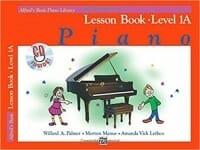
Alfred's Adult Basic All-In-One
Alfred’s Basic Adult All-in-One Course is designed for use with a piano instructor for the beginning student looking for a truly complete piano course. It is a greatly expanded version of Alfred’s Basic Adult Piano Course that will include lesson, theory, and technique in a convenient, “all-in-one” format. This comprehensive course adds such features as isometric hand exercises, finger strengthening drills, and written assignments that reinforce each lesson’s concepts. There is a smooth, logical progression between each lesson, a thorough explanation of chord theory and playing styles, and outstanding extra songs, including folk, classical, and contemporary selections.
The Brown Scale Book
This essential resource includes all major and minor scales, triads, arpeggios, dominant sevenths, and chromatic scales organized by key. A favorite for decades, The Brown Scale Book belongs in every student’s library.
The Real Vocal Book
The Real Vocal Book has many of the selections from Volumes 1 and 2 of the instrumental Real Books, but now with complete lyrics added to the pre-existing melody line. This edition features 300 essential songs arranged for low voice, including: Alfie * All of Me * Autumn Leaves * Bewitched * Bluesette * Don’t Get Around Much Anymore * Fever * Georgia on My Mind * Misty * Moon River * My Funny Valentine * Satin Doll * and more. Looking for a particular song? Check out the Real Book Songfinder here.
